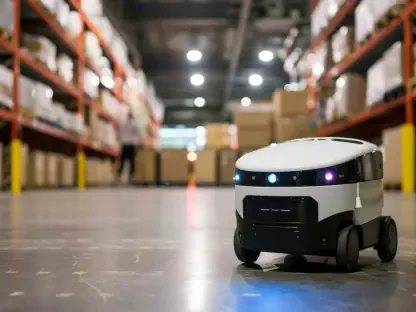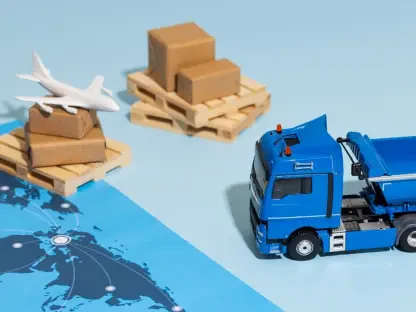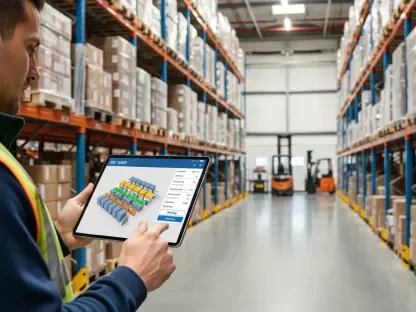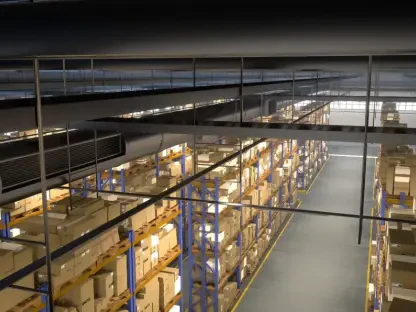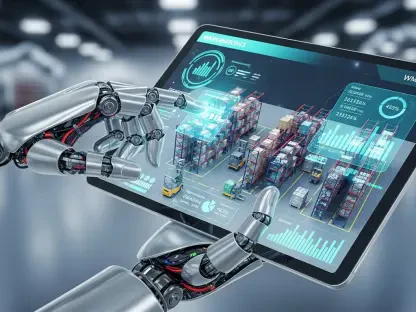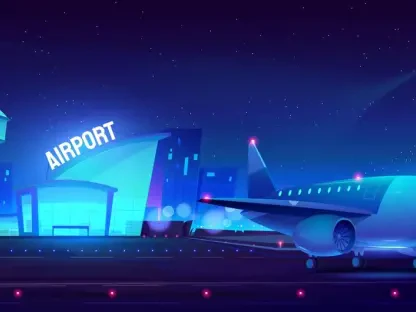Today, we’re thrilled to sit down with Rohit Laila, a seasoned veteran in the logistics industry with decades of experience in supply chain and delivery. Rohit’s passion for technology and innovation has positioned him as a thought leader in modernizing transportation and logistics systems, including rail transit. In this engaging conversation, we dive into the intersection of logistics and rail systems, exploring how cutting-edge advancements are enhancing safety, efficiency, and sustainability in urban transit. We also touch on the challenges of integrating new technologies, the future of light rail in logistics networks, and Rohit’s personal journey in this ever-evolving field.
How did your journey in logistics shape your perspective on the role of rail transit in modern supply chains?
My career in logistics started with understanding the nuts and bolts of moving goods efficiently, and over the years, I’ve seen how rail transit, especially light rail in urban areas, can play a pivotal role. Rail offers a reliable, high-capacity solution for moving both goods and people, reducing road congestion and cutting down on emissions. Early on, I worked on projects where rail was integrated into last-mile delivery systems, and I realized how underutilized it was in many cities. That experience made me a strong advocate for blending rail into broader logistics networks to create seamless, sustainable supply chains.
What do you see as the biggest opportunity for light rail systems to support urban logistics and delivery networks?
Light rail systems have immense potential to revolutionize urban logistics by acting as a backbone for freight movement in dense areas. Imagine using light rail for middle-mile delivery—moving goods from warehouses on city outskirts to central hubs overnight when passenger traffic is low. It’s a game-changer for reducing truck traffic, lowering carbon footprints, and speeding up deliveries. The challenge is infrastructure—adapting existing passenger lines for freight—but with the right investment and planning, light rail could ease the burden on roads and support the explosive growth of e-commerce.
How can technology, a field you’re passionate about, address some of the safety concerns in rail transit systems?
Technology is the key to making rail transit safer for everyone involved. Innovations like real-time positioning systems, automated braking, and collision avoidance can prevent accidents before they happen. I’ve seen how sensor-based tech can track trains with pinpoint accuracy, even in tricky underground environments, and alert operators to potential hazards instantly. Beyond hardware, software solutions like predictive analytics can anticipate maintenance needs, reducing downtime and risks. The goal is to create a system where human error is minimized through smart, responsive tech—something I’ve pushed for in every logistics project I’ve touched.
What challenges do you think urban areas face when trying to integrate advanced rail technologies into existing systems?
Urban areas often deal with aging infrastructure, which wasn’t built for modern tech, so retrofitting can be a nightmare. There’s also the issue of cost—upgrading systems or installing new safety features like automated controls requires significant funding, and public budgets are always tight. On top of that, you’ve got coordination challenges; integrating tech means aligning multiple stakeholders—city planners, transit authorities, and private companies—each with their own priorities. I’ve dealt with similar hurdles in logistics, and the solution often lies in phased rollouts and clear communication to keep everyone on the same page while minimizing disruptions.
How do you envision sustainability playing a role in the future design of light rail systems within logistics networks?
Sustainability isn’t just a buzzword; it’s a necessity, especially in logistics where emissions are a huge concern. Light rail systems are inherently more eco-friendly than trucks, and I see future designs focusing on electric or even hydrogen-powered trains to further cut carbon output. Beyond propulsion, integrating rail with smart logistics hubs can optimize routes and reduce energy waste. I’ve always believed in designing systems that balance efficiency with environmental impact, and I think light rail could lead the charge in creating greener urban delivery networks if we prioritize sustainable tech and policies.
What’s one innovation in rail or logistics technology that you’re most excited about right now?
I’m really excited about the potential of autonomous rail systems for logistics. The idea of driverless trains or trams moving goods through cities during off-peak hours is incredible—it maximizes efficiency and cuts labor costs while maintaining safety through advanced sensors and AI. I’ve followed pilot projects in Europe where this is being tested, and the early results are promising. If we can scale this tech while ensuring reliability, it could transform how we think about urban freight, making rail a go-to option for logistics companies.
What is your forecast for the future of light rail in urban logistics over the next decade?
I think we’re on the cusp of a major shift where light rail becomes a cornerstone of urban logistics. Over the next ten years, I expect to see more cities experimenting with mixed-use rail systems that handle both passengers and freight, driven by the need to decongest roads and meet sustainability goals. Tech will play a huge role—think smarter scheduling, better tracking, and even automated loading systems at rail hubs. There’ll be growing pains, especially around funding and infrastructure, but with public-private partnerships and a focus on innovation, light rail could redefine how goods move through our cities.


